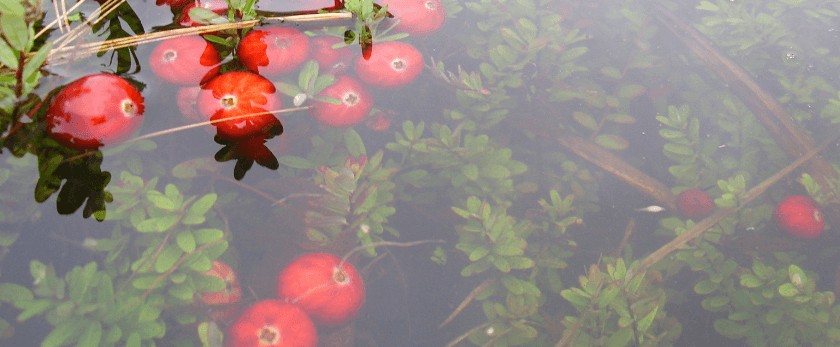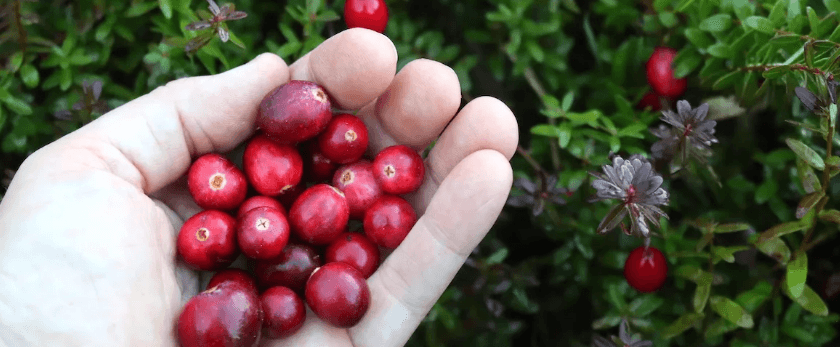Cranberries are a delicious and nutritious fruit that can be grown in your own backyard. Not only are they a tasty addition to your diet, but they also have numerous health benefits and are a sustainable crop. In this article, we will discuss how to grow cranberries, including caring for them, the best time to grow them, and common problems you may encounter. So let's get started!
Caring for Cranberries
Cranberries are a low-maintenance plant, making them an ideal choice for beginner gardeners. Here are some tips for caring for your cranberry plants:
Watering
Cranberries require consistent moisture, but they do not like to be waterlogged. It is essential to keep the soil evenly moist, especially during the growing season. You can achieve this by watering your plants deeply once a week, or more frequently during hot and dry weather. Avoid overhead watering, as this can lead to disease and fungal issues. Instead, use a soaker hose or drip irrigation system to water at the base of the plants.
Light
Cranberries prefer full sun, but they can tolerate partial shade. However, if you want a bountiful harvest, it is best to plant them in an area that receives at least six hours of direct sunlight per day. If you live in a hot climate, consider providing some afternoon shade to protect the plants from scorching.
Soil
Cranberries thrive in acidic soil with a pH between 4.0 and 5.5. If your soil is not naturally acidic, you can lower the pH by adding organic matter such as peat moss, pine needles, or coffee grounds. It is also essential to ensure that the soil is well-draining, as cranberries do not like to sit in water.
Fertilizer
Cranberries are light feeders, and they do not require much fertilizer. However, if your soil is lacking in nutrients, you can apply a balanced fertilizer in the spring before new growth appears. Avoid using high-nitrogen fertilizers, as this can lead to excessive foliage growth and fewer berries.
Pruning
Pruning is not necessary for cranberries, but it can help to promote better air circulation and prevent disease. You can remove any dead or damaged branches in the spring, and trim back any long runners to keep the plant compact. It is also a good idea to remove any weeds or debris from around the plants to prevent competition for nutrients.
Best Time to Grow Cranberries
Cranberries are typically planted in the spring, after the last frost has passed. However, if you live in a colder climate, you can also plant them in the fall. The plants will establish their root system over the winter and be ready to produce berries in the following growing season.

Common Problems with Cranberries
While cranberries are relatively easy to grow, they can still encounter some problems. Here are some common issues you may encounter and how to address them:
Pests
Cranberries are relatively pest-free, but they can attract some insects, such as cranberry fruitworms and cranberry tipworms. These pests can be controlled by using insecticidal soap or neem oil. It is also essential to keep the area around the plants free of debris and weeds, as these can harbor pests.
Diseases
Cranberries can be susceptible to fungal diseases, such as fruit rot and leaf spot. To prevent these diseases, ensure that the plants have good air circulation and are not overcrowded. You can also apply a fungicide if necessary, but be sure to use an organic option to avoid harmful chemicals.
Weeds
Weeds can be a problem for cranberries, as they can compete for nutrients and water. It is essential to keep the area around the plants free of weeds, either by hand-pulling or using a natural mulch, such as straw or wood chips.
Responsible Disposal Methods
When it comes to harvesting your cranberries, it is essential to dispose of any waste responsibly. Cranberries are often harvested using a wet harvesting method, which involves flooding the fields and using machines to remove the berries from the vines. This process can result in a significant amount of water and plant debris, which must be disposed of properly.
One option is to compost the plant debris, which can then be used as a natural fertilizer for your garden. You can also donate the plant debris to local farmers, who may use it as animal feed. As for the water, it is best to let it drain back into the ground, as it can contain nutrients that can benefit the soil.
Conclusion
Growing cranberries is a rewarding experience that can provide you with a delicious and healthy fruit. By following these tips for caring for your plants, knowing the best time to grow them, and being aware of common problems, you can enjoy a bountiful harvest. Remember to dispose of any waste responsibly to help promote a sustainable future. Happy growing!










